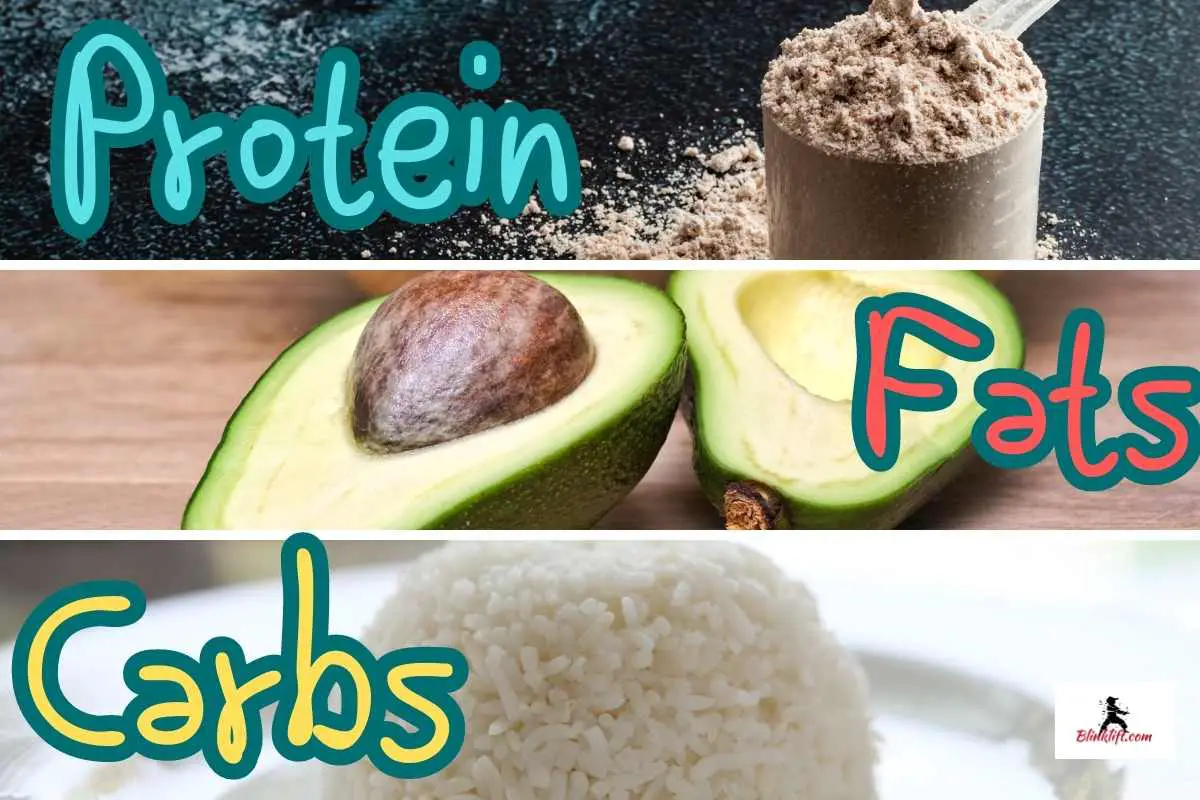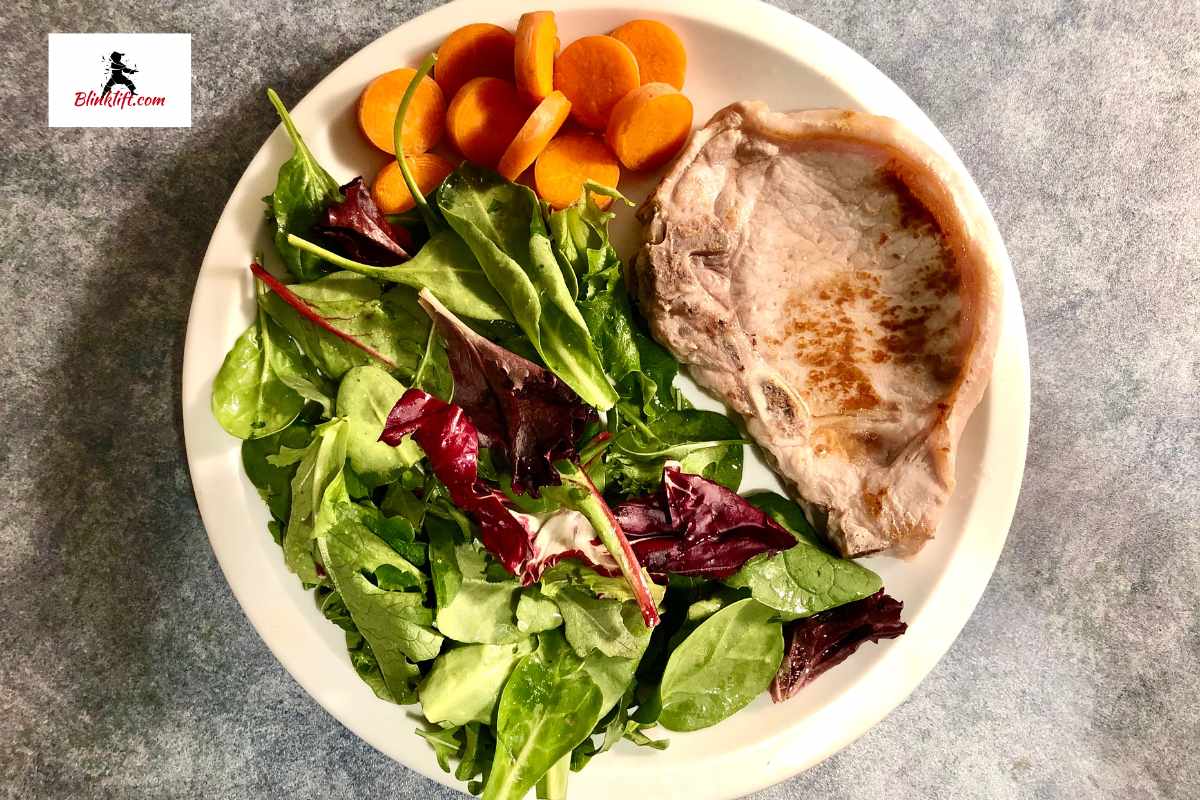Building muscle is a difficult process to go through. You’ll need to optimize your diet plan and training routine to be suitable for supporting your muscles and allowing them to recover stronger and bigger. Muay Thai is a suitable platform to build muscle. Here’s why.
While traditional Muay Thai training, which is throwing strikes and fighting, will not provide enough strain on your muscles to cause hypertrophy, the muscle-building process of our body. However, by including strength exercises in your training, such as bench pressing, push-ups, and pull-ups, you’ll be able to build muscle.
To build muscle, you must apply strain on your muscles. Running, for instance, won’t build leg muscles because it provides a different type of pressure, one that, for the most part, doesn’t cause hypertrophy that eventually leads to muscle building.
The best way to build muscle will be through strength training. You’ll be able to incorporate it into your weekly training routine and, with sufficient sleep and nutrition, build muscle.
This article is going to cover first (1) whether Muay Thai alone is enough to build muscle, and (2) how to build muscle while training in Muay Thai.
Table of Contents:
- How to Build Muscle With Muay Thai
- Sample Muay Thai Workout Routine
- Muscle Building Diet Plan With Muay Thai
- Building Muscle With Muay Thai Alone Is Hard (But Possible)
- Testimonials
- Final Words
How to Build Muscle With Muay Thai
If you throw constant punches and kicks, it won’t make you build muscle. However, by incorporating various exercises into your training, you’ll eventually be able to cause hypertrophy and build muscle. However, this will require you to meet various decisive factors that will determine whether you lose, maintain, or build muscle.
What we’ll do now is review the three most important factors on your way to building muscle with Muay Thai. While it can be difficult, it’s a journey worth taking and pain worth suffering.
Think of the results; think of how your body will look once you crack the code and begin building muscle. Alright. Let’s dive into the first decisive factor.
Sleep Sufficiently
I’ve decided to list sleep as the first decisive factor on your way to building muscle because, and let me be clear here, there’s absolutely zero chance you’ll build muscle, regardless of which one, without sleeping sufficiently.
So the first thing you want to ensure you get right is sufficient sleep. 7-9 hours per night is what most studies recommend to ensure proper recovery and muscle building.
The answer varies depending on your needs and lifestyle, but most adults generally need around seven to nine hours of sleep per night. However, you may need closer to nine hours of sleep if you’re trying to gain muscle or work out regularly to allow for proper muscle recovery.
SOURCE

Personally, I sleep around 8 hours per night. However, I’m aware that it’s not the optimized amount for muscle growth and recovery, according to many studies and medical publications out there, like the one I’ve cited above.
When you work out, you cause micro-tears in your muscles. You won’t be able to see them, of course, but they’ll exist if you did resistance training. Then, when you go to sleep, your body recovers them with its available building blocks (more on that in the next section) and makes the muscle you tore stronger.
Without sleep, this process will not occur.
Eat Enough
The second decisive factor is how much you eat. While you want to ensure you continue eating healthily, you must consume more calories than you burn per day to allow the process of muscle building to occur.
A general guideline is to eat 300-500 more calories than what you burn on a daily basis. Nutrition is perhaps the second most important part when it comes to building muscle. You can calculate your calorie burn rate by following this link.
I find it quite amusing that I’ve prioritized sleep and nutrition to build muscle before incorporating resistance training. This is how important these factors are.
So what should you eat to build muscle? Let’s let science speak for itself.
According to a study, 1.2-1.7 grams of protein per kilogram of body weight per day, or 0.5 to 0.8 grams per pound of body weight. Then, you want to consume anywhere from 20-30% of fats. The rest of the calories can come from carbs.
To recap, here’s what your diet plan should look like:
- Protein: 0.8 grams per pound of body weight
- Fats: 20-30% of your total calories
- Carbs: the rest

Incorporate Resistance Training
The last factor we’ll review is resistance training. This is what fires up the muscle-building process in our bodies. If we get the sleep and nutrition right and this wrong, we’ll gain body fat. To avoid that, we want to cause micro tears in our muscles, which are typically caused by strength training.
Over here, you have a few options. Let’s start with the one that’ll be suitable for most people.
The first training plan is to lift weights between your Muay Thai training sessions. So, if you have Muay Thai training on Sunday, Tuesday, and Friday, you want to lift weights on Monday, Wednesday, and potentially Saturday. This will definitely be enough to build muscle. By the way, this is the training routine I follow.
The second training plan is to incorporate resistance training in your Muay Thai sessions. Doing this correctly will provide enough resistance to build commence hypertrophy and build muscle. How you can go about it is adding basic strength bodyweight exercises, such as push-ups (in many variations), dips, and pull-ups. It’s already been proven that Calisthenics (bodyweight workouts) can build muscle. So if you can insert this type of workout into your training session, you’ll be able to build muscle.
Muay Thai Workout Routine (To Build Muscle)
Now that you know how to build muscle with Muay Thai, it’s time we discuss some actual practical examples. These examples will start from a workout routine (that I use) and continue to a diet plan. Then, we’ll review a key point to avoid while aiming for this goal.
Let us begin with the workout routine.
Your weekly training regimen should serve you and fuel your fitness goals. If, for example, building muscle is one of your goals, you want to incorporate some type of resistance training in there. If you want to lose body fat, you want to have some type of HIIT and aerobic exercises that’ll help you burn calories. By the way, Muay Thai is fantastic for losing weight. Read more about fat loss with Muay Thai by following this link.
In our case, here’s a fantastic workout routine that I personally use. Now, remember, every person is an individual and what might be suitable for me won’t be for you. As a result, it’ll be best if you experiment with different types of workouts and rest days.
- Monday: Weight Lifting (Full Body)
- Tuesday: Muay Thai
- Wednesday: Weight Lifting (Full Body)
- Thursday: Muay Thai
- Friday: Weight Lifting (Full Body)
- Saturday: Muay Thai
- Sunday: Rest
It’s important to have that rest day in place because it’ll help you avoid overtraining. Also, be sure to sleep sufficiently so your body can recover properly.
Muscle Building Diet Plan With Muay Thai
Let’s now talk about a diet plan I use with Muay Thai to fuel my muscle-building goal. This is important to understand, as you won’t be able to gain any muscle if you don’t follow a plan that’ll fuel that goal.
A solid Muay Thai diet plan for building muscle has to focus on a few key things:
- Eating enough protein (0.8 grams per pound of body weight)
- Consuming enough calories (300-500 more than your burn rate)
- Eating enough fats (20-30%)
Let’s start with proteins. Proteins are the building blocks of our body. They allow your body to build your hurt muscles once you work out. Without them, there will be no muscle building.
The second point is consuming enough calories. You must, and I’ll repeat myself, consume more calories than your daily caloric burn rate if you want your body to bulk up. When you’re trying to lose body fat, you’ll be aiming to be at a caloric deficit, which is when you consume less than your daily burn rate. In our case, however, you must consume more.
And lastly, let’s talk about fats, which are extremely underrated. I think that the name fats have don’t serve them as well as they deserve. Fats are extremely important to bulking up, and today’s society tells you that fats are bad, but that’s inaccurate. Eating unhealthy foods and more calories without working out is bad. So make sure to consume your fats!

If you want to read more about specific meals and how to ensure you’re not losing muscle when doing Muay Thai, follow this link to another article of mine.
Building Muscle With Muay Thai Alone Is Hard (But Possible)
Let’s now review a key point I want you to understand. Muay Thai alone is unlikely to build muscle. I’ve seen some odd instances where fighters were able to bulk up when they first began their training. These guys had a few things in common, however. It was their first time working out, ever.
Anyways, Muay Thai is more of a HIIT and cardio workout than it is resistance. You might be able to build muscle when you first start, but it’s unlikely that the pace will continue.
So make sure to include resistance training in your training sessions. Either you do Calisthenics, which we’ve already reviewed, or include a few weight-lifting sessions into your training regimen. But not doing both and expecting new muscle to show up on your body—isn’t a solid plan.
Testimonials
I never touched weights in the years i was a fighter, only body weight workouts, HIIT workouts and stretching. A Thai boxer can sprint, do pull-ups, push-ups, burpees etc etc all day long, just dont ask them to squat twice their body weight or bench press 150kg. Train like you mean to fight, explosively and with overwhelming pace.
Good Muay Thai fighters aren’t really “skinny”, if that is even a physiological term. They are lean. They have strong muscles, but low body fat. They may appear skinny, but they are very healthy, if they are training properly. That’s because proper training also means proper diet.
If you’re only training Muay Thai twice a week you should be ok to weight train 2 or maybe 3 times a week. Maybe first few weeks you will feel tight when ur training Muay Thai after doing weights day before but you soon will get used to it
I’ve been training both Muay Thai and going to the gym and have found success increasing my muscle mass while learning to fight. Muscle mass = power = stronger punches and kicks. I would even say that weight lifting is key to becoming a better Muay Thai fighter.
Final Words
My aim with this article was to show you that you can build muscle while doing Muay Thai. I know it can be difficult and it will require you to invest much more effort, time, and energy into your training.
You can follow my diet plan and workout routine to see whether it’s suitable for you or not. However, do remember that I’ve been training in martial arts and weightlifting for around 8 years. Therefore, my body is used to high-intensity training, which might not be the case for you.
Comment down below what you think about Muay Thai and why you like/dislike it. I’ll be sure to read every single comment.
If you want to learn more about nutrition for Muay Thai fighters, including the perfect diet plan, follow this link.
Here are other articles you’ll benefit from reading:
Why You Won’t Lose Muscle Doing Muay Thai
Best Muay Thai Supplements: For Performance and Recovery
Can You Do Muay Thai if You’re Skinny? Fighter Weighs In

